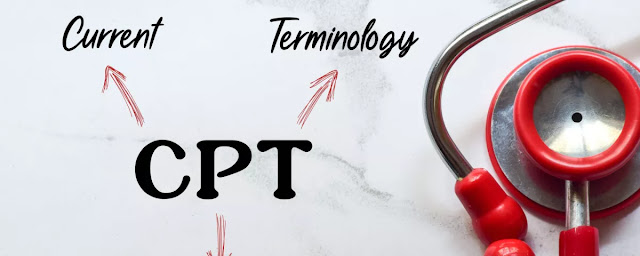CO 234 Denial Code Explained: Medical Billing Reasons, Fixes, and Coding Best Practices
Is a rising denial rate preventing your practice from reaching its full potential in terms of financial success? You're not by yourself. Across the country, providers face the frustrating and occasionally costly predicament of claims being rejected for illogical reasons. CO 234 is one of the most misinterpreted denial codes.
This guide will explain the meaning of the CO 234 denial code, analyze its most frequent causes, provide practical solutions, and suggest best practices to avoid it in the future. It will also demonstrate how EHR systems and proper medical billing and coding can improve workflow and lower claim rejections.
📌 What Is the CO 234 Denial Code?
The CO 234 denial signifies:
"This procedure is not billed separately."
This code is in the Contractual Obligation (CO) code
category, which indicates a contractual arrangement between payer and provider
that specific services are not covered in isolation since they are included
within other procedures.
The Code 234 essentially informs you that the payer feels
the billed service has been included as part of another code submitted on the
same claim.
🔍 Top Reasons for CO 234 Denials
To fix and prevent CO 234 denials, you first need to know
the reasons. Here are the most common:
1.
Bundling Errors
Bundling means grouping multiple services into one charge.
If you bill for something that’s part of another service—without the proper
modifiers—you’ll get a CO 234 denial.
Example: Billing a wound care follow up as a separate
service on the same day as a minor surgical procedure.
2.
Missing or Incorrect Modifiers
Not using the correct CPT modifiers like 59, 25 or XS will
get you a denial. These modifiers tell the payer that the service was separate
and should be paid separately.
Pro tip: Always check the NCCI Edits to see which code
combinations require modifiers.
3.
Outdated or Incorrect Coding
Using outdated, deleted or mismatched CPT/ICD codes will
confuse the payer and get you a denial. Coding must match the clinical scenario
and medical documentation.
4.
Lack of Medical Necessity
Even if you code correctly, the payer will deny the claim
under CO 234 if they deem the procedure not medically necessary. This is
usually due to lack of documentation or unsupported diagnosis codes.
5.
Inadequate Documentation
Documentation must justify every billed service. Missing
progress notes, diagnostic reports, or incorrect patient information can cause
the payer to bundle services under one reimbursable code.
🛠 How to Fix CO 234 Denials
If your claim is denied with CO 234, don’t freak out.
Here’s a step by step process to fix and resubmit:
Step 1: Read the EOB and Denial Letter
Your Explanation of Benefits (EOB) or denial letter should
tell you which services were bundled. Look at the CPT codes that overlapped and
check the payer policy.
Step 2: Check the Documentation
Make sure the documentation supports the services provided.
Patient notes, diagnoses and orders should be thorough and compliant.
Step 3: Use the Right Modifiers
If the service was separate, consider using the right
modifier (e.g. 59 or 25). Add a detailed explanation when you resubmit.
Step 4: Check Payer Policies
Different payers have different bundling rules. Check their
policy to see how they handle overlapping procedures.
Step 5: Appeal if Necessary
If you think the service should be paid separately and you
have the documentation to back it up, appeal. Include clinical notes, payer
policy and an explanation of medical necessity.
✅ Best Practices to Prevent CO 234 Denials
CO 234 is always better to avoid than to fix. Here’s how:
✔ Use EHR and Billing Software
Modern EHRs with medical billing and coding
built in will alert you when a service is bundled or when a modifier is
required. They will also auto update with payer specific edits and NCCI coding
rules.
✔ Train Your Coding and Billing
Team
Ongoing education in CPT code changes, payer bundling
edits and denial trends will reduce human error. Coders must also know how to
interpret provider notes correctly.
✔ Conduct Internal Audits
Review claims monthly to catch patterns. Frequent CO 234
denials could mean a bigger issue in provider documentation or billing
processes.
✔ Update Coding Tools
Use the latest version of CPT, ICD-10 and HCPCS codebooks.
Even a small coding change can mean payment or denial.
🚀 Final Thoughts
The CO 234 denial code does not have to be an ongoing
headache for your practice. By knowing medical billing and coding principles
inside and out, using modifiers correctly, and having the help of a smart EHR
system, you can eliminate denials, increase cash flow, and get paid for what
you do.
If CO 234 is appearing on your denied claims regularly, it's
a warning sign—your practice might need to go back to the drawing board with
its coding process, documentation protocols, or billing procedures.
Struggling to streamline your claims process or in need of
professional assistance resolving CO 234 denials?
Let our experts help you simplify your billing and enhance
your reimbursement success.



Comments
Post a Comment